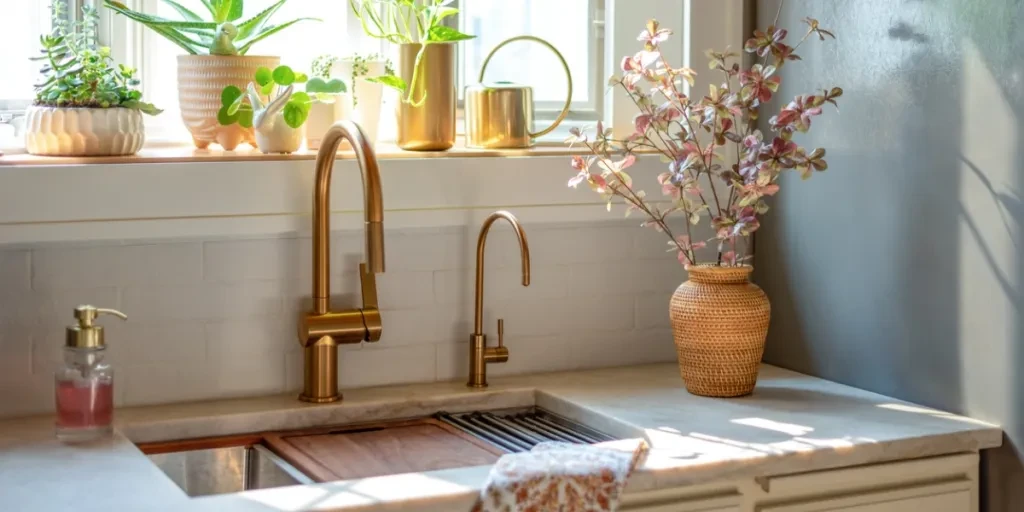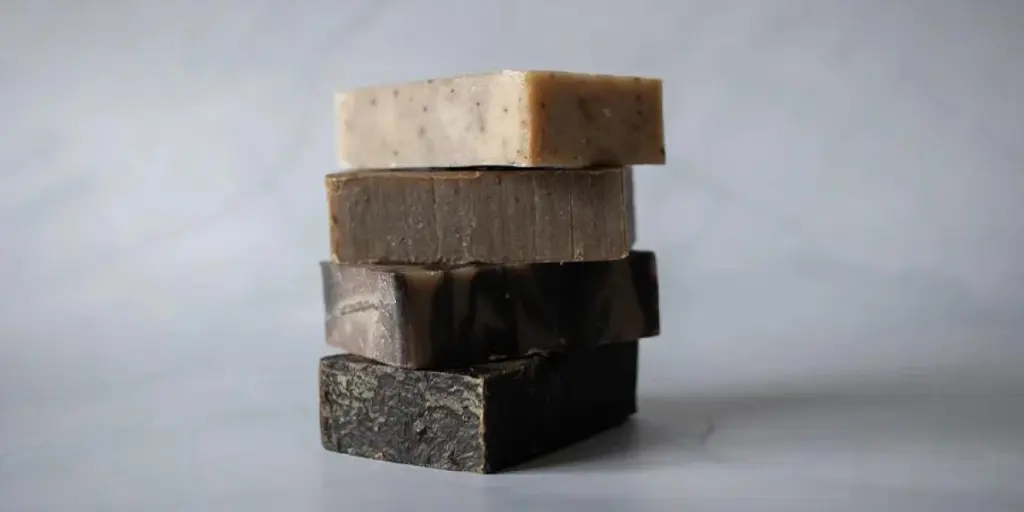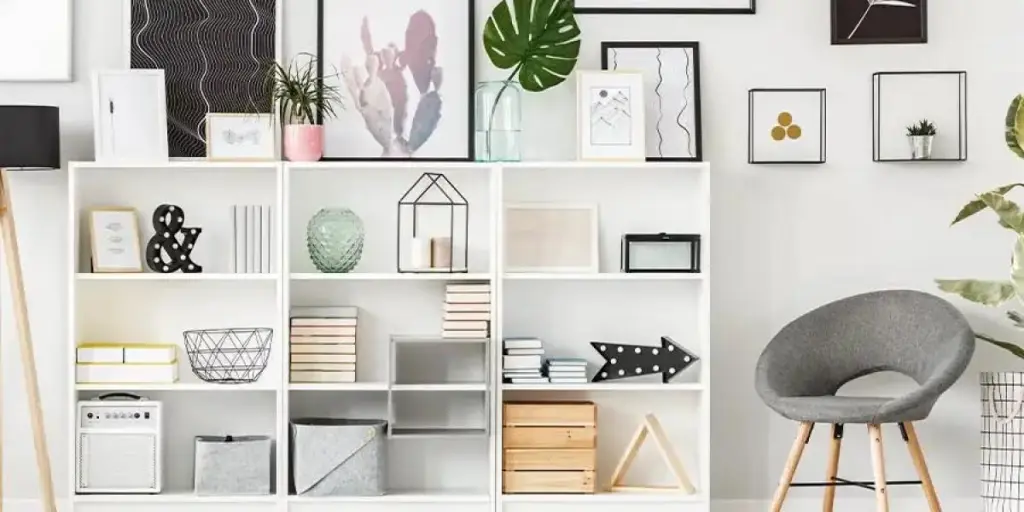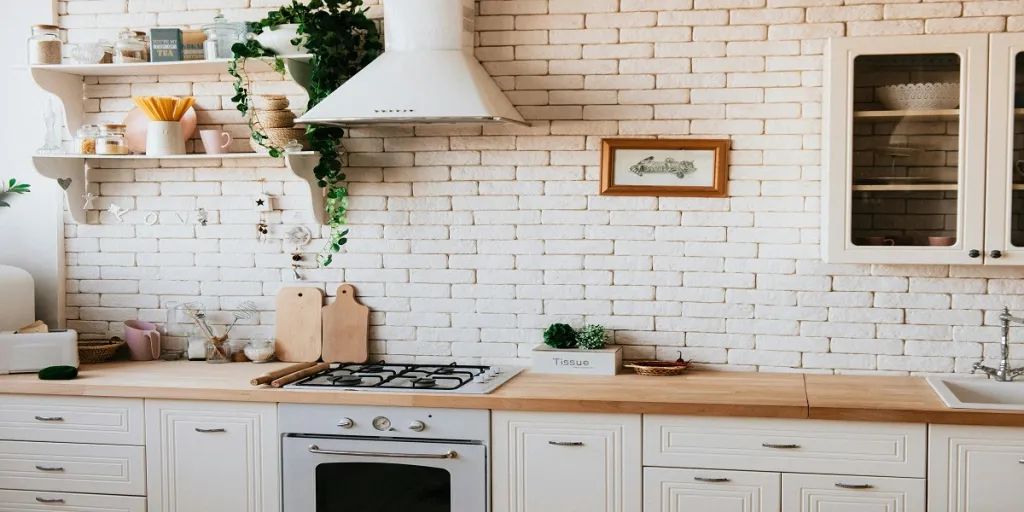Using a sink cover is a good way to increase workspace, keep things organized, and enhance the functionality of one’s kitchen. These covers are especially helpful for people who have limited counter space, as they allow for the transformation of how the sink area is used.
From multi-functional options to sleek designs, each type of sink cover comes with its own pros and cons. Keep reading to find out which sink covers are the most in demand in 2025.
Table of Contents
What are the key benefits of sink covers?
Making sure a sink cover fits properly
How to maintain a sink cover
Global market value of kitchen accessories
Best materials for a sink cover
Stainless steel sink cover
Wood sink cover
Plastic sink cover
Bamboo sink cover
Final thoughts
What are the key benefits of sink covers?

There are several benefits to sink covers that make them an excellent addition to the kitchen. These include the following:
- Using a sink cover helps to enhance kitchen organization by providing a refined appearance and covering potential dirty dishes.
- It instantly creates additional surface space, which is perfect for holding dishes or food prep.
- The cover shields the sink’s surface from damage, which is useful for materials more prone to scratches.
- A sink cover can often be used for multiple purposes, such as a dry rack and a cutting board. Some covers incorporate containers and utensil slots into them.
- Great addition to small kitchens or RVs where counter space is limited.
- Available in various materials for an upgrade to all types of kitchens.
- Lightweight and portable, so they can easily be moved or stored away.
Making sure a sink cover fits properly
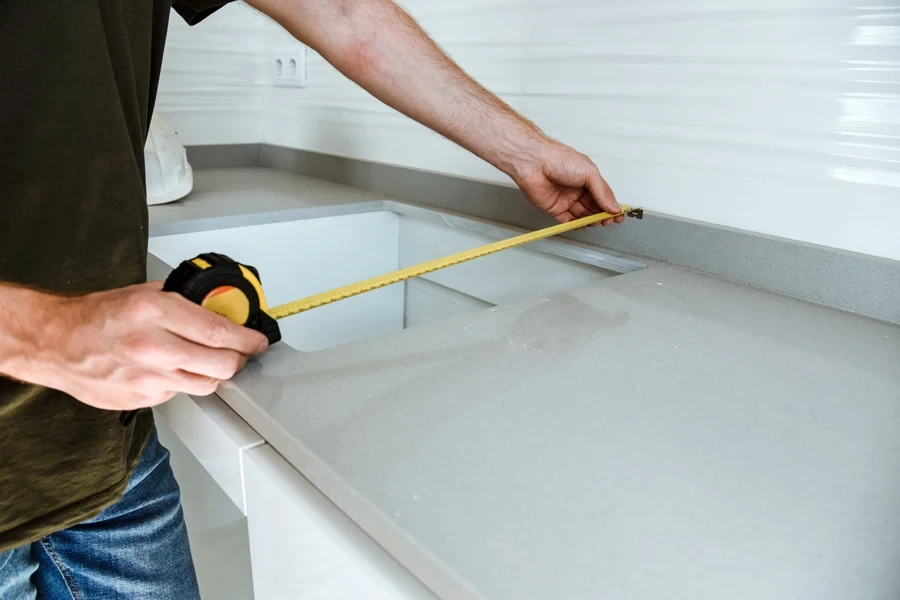
To ensure a sink cover fits properly, it’s very important to measure accurately. Recording the length, width, and depth of the ink, as well as any rims, is the first step. There are different types of fits to consider, including over-the-sink and in-set, so understanding the shape of the sink will help as well.
Some materials are better than others, with stainless steel and plastic two of the most popular options. Which material is chosen will depend on the individual and their kitchen’s aesthetics, but some materials, such as plastic, allow for adjustments, whereas others need precise measurements.
How to maintain a sink cover

Knowing how to preserve a sink cover starts with the material. For wood, bamboo, or plastic covers, wiping them down with a damp cloth and dish soap after use is key, but too much moisture can cause warping. Stainless steel covers should be washed with soft sponges and cleaners as they’re more likely to get scratched in the process.
Using a food-safe cleaner is recommended for disinfecting. People using bamboo or wood covers will benefit from oiling them regularly to prevent cracking as well. When the cover isn’t in use, it should be kept in a dry place, away from hot appliances.
Global market value of kitchen accessories
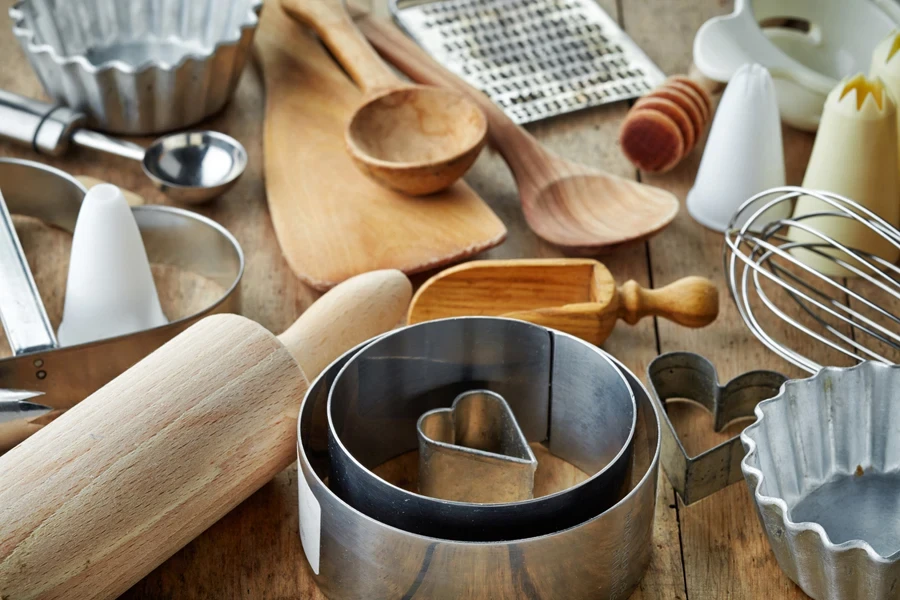
In 2024, the global market value of kitchen accessories reached USD 374.3 billion. By the end of 2025, this number is projected to reach USD 385.2 billion, and by 2034 the market value will have exceeded USD 553 billion. This will be reached at a compound annual growth rate (CAGR) of 4.1% from 2025 to 2034.
The growth of the kitchen accessories market can be attributed to factors such as a rise in people making food at home. In the USA, for example, over 80% of the population are now prepping their meals at home rather than eating out.
Best materials for a sink cover
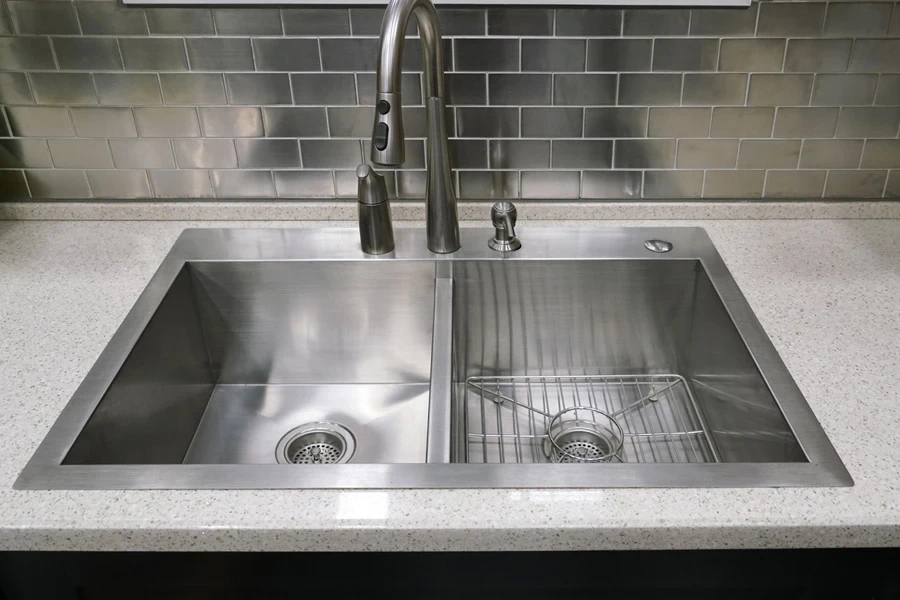
Sink covers are growing more popular among consumers who want a clean look in their kitchen or need more counter space. There are different materials to consider though, and each one has its own set of benefits and drawbacks.
According to Google Ads, “sink cover” had an average monthly search volume of 9,900. The most searches appeared in February and December, when they reached 12,100, and the least searches came in May with only 8,100 searches.
Keep reading to learn more about the different materials of sink covers.
Stainless steel sink cover
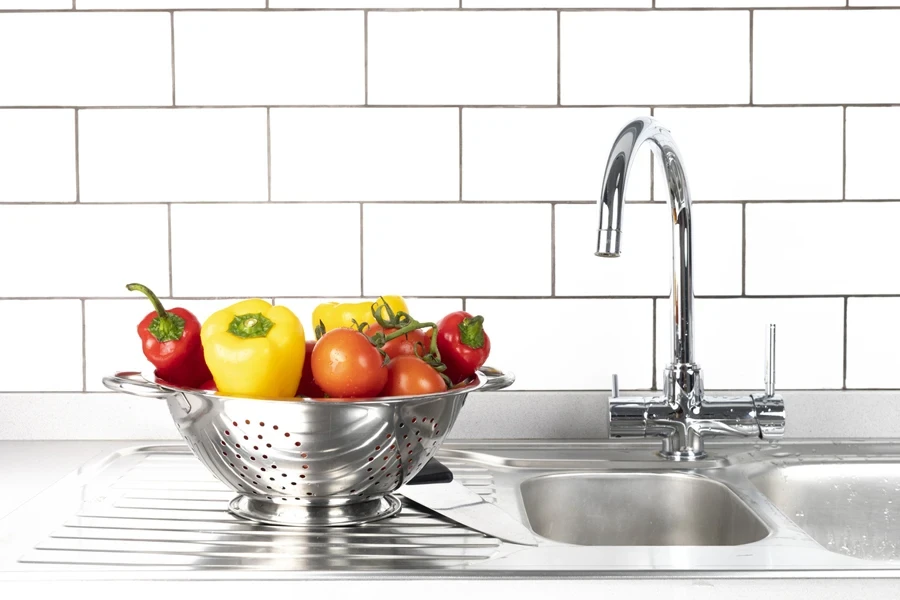
Stainless steel sink covers are the most popular thanks to their heat resistance and durability. The non-porous surface offers a modern and sleek look, and it can be used for placing hot pots and pans on top without the worry or warping. Many models are designed to be multi-functional as well, with built-in drying racks or prep stations.
Stainless steel is easy to clean and maintain, however, it’s very prone to scratches and fingerprints. This means frequent cleaning is required to maintain its polished look. This type of sink cover does match well with other sink accessories in a modern kitchen, though, making it the ultimate sink cover.
Wood sink cover
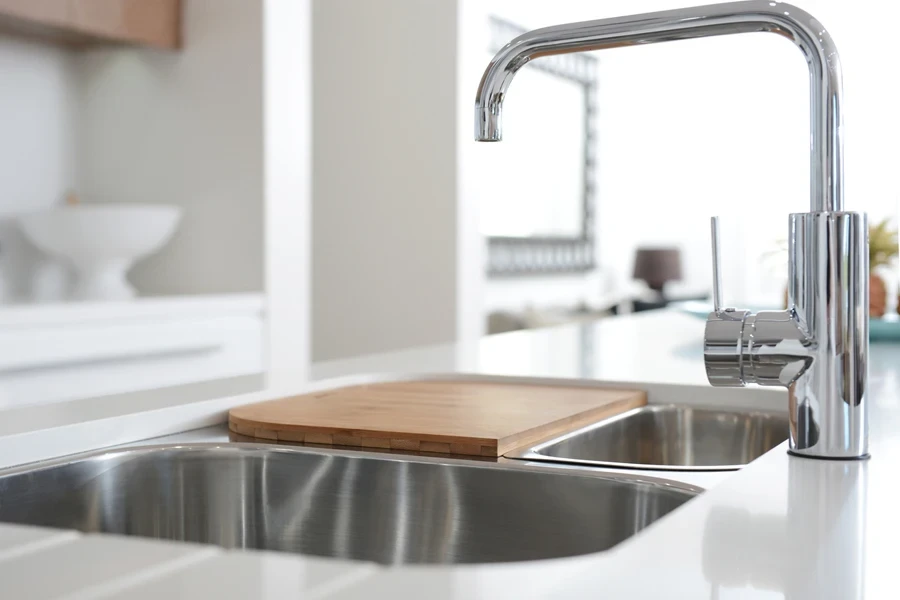
Wood sink covers are known to add a natural look to the kitchen, and they’re typically crafted from hardwoods like walnut or maple. This type of material is popular because it’s sturdy and it provides a solid cutting surface for food prep. Many people prefer wood as the chopping sound is much quieter than on materials like stainless steel. Another key feature is the use of an optional finger hole built into the cover so it can be removed easily.
Buyers should note that wood is porous and very sensitive to moisture, though. This means that regular maintenance is required to prevent mold growth and cracking. The regular use of oil on a wood sink cover will help prevent these things from occurring. It’s also important not to soak the cover in water as this can have a negative impact on the wood.
Although wood isn’t as resistant to heat as stainless steel, this innovative accessory is still a high-quality choice in terms of durability and organic feel.
Plastic sink cover
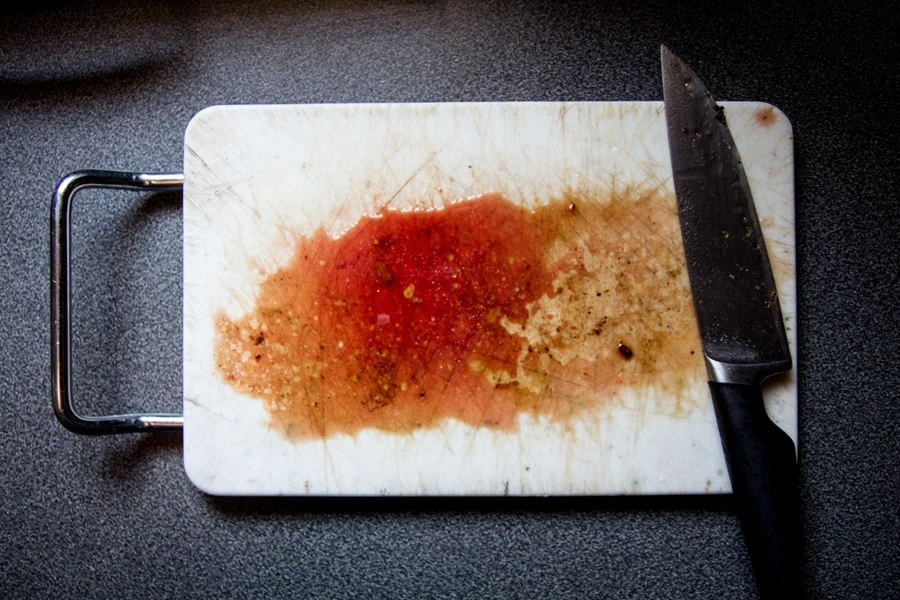
One of the most affordable options for sink covers is the plastic sink cover. It’s a versatile and lightweight cover, and it’s often designed with built-in features such as basket strainers and drain holes. This type of cover is generally made from high-density polyethylene (HDPE), which is resistant to moisture and stains, so it’s a practical choice for everyday use.
Some designs will incorporate the use of handles on the sides of the cover to help with easy access to the sink. The cover will sit on the inner ledge of the sink to blend seamlessly into the countertop surface.
Plastic sink covers require very little maintenance, and they can easily be cleaned using soap and water. However, plastic is much less heat-resistant than stainless steel, and when exposed to hot plates or pots, the material can warp or start to melt. Users will also be able to see more visible knife marks on the plastic sink cover, which can ruin the overall clean aesthetic.
Bamboo sink cover
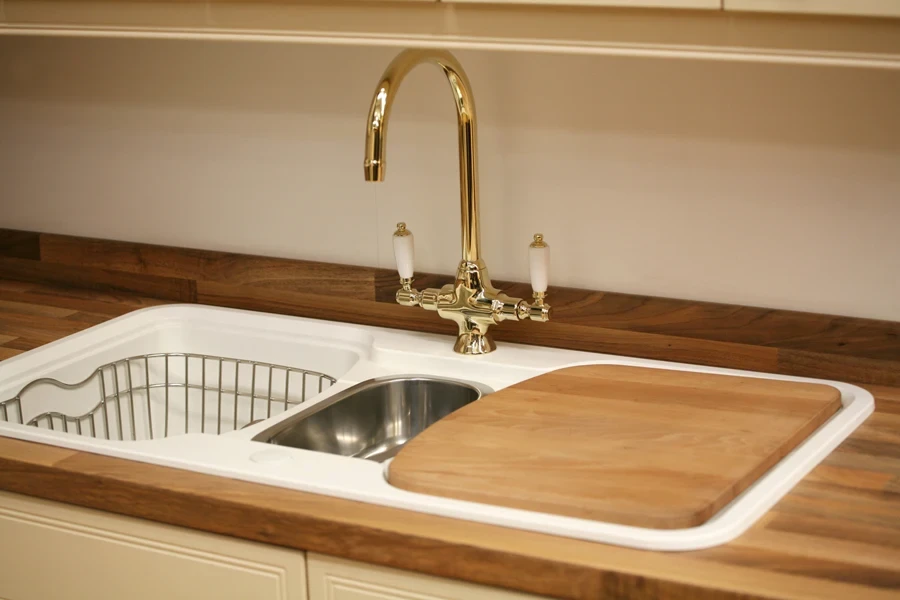
An eco-friendly and stylish option that’s becoming more popular with buyers is the bamboo sink cover. Bamboo brings a warm and natural look to a kitchen space, but it’s also highly functional. These covers are made from compressed bamboo fibers, and they’re known for being lightweight but durable. Bamboo is naturally antimicrobial and gentle on knives, so it’s ideal for use as a prep station. It’s also a more sustainable choice than plastic, so it’s a good option for eco-conscious consumers.
The downside to using bamboo sink covers is that they’re not heat-resistant, so they shouldn’t be used near hot cookware. If not properly maintained (using food-grade mineral oil), these covers can also start to slit and show signs of wear.
Final thoughts
Sink covers offer an aesthetic yet functional addition to any modern kitchen space. They have several key benefits, which include expanding the counter space and adding versatility to the kitchen sink. Each material brings with it its own set of advantages as well as downsides that should be taken into consideration. By choosing the right sink cover and maintaining it properly, this kitchen accessory can greatly enhance the cooking experience.
